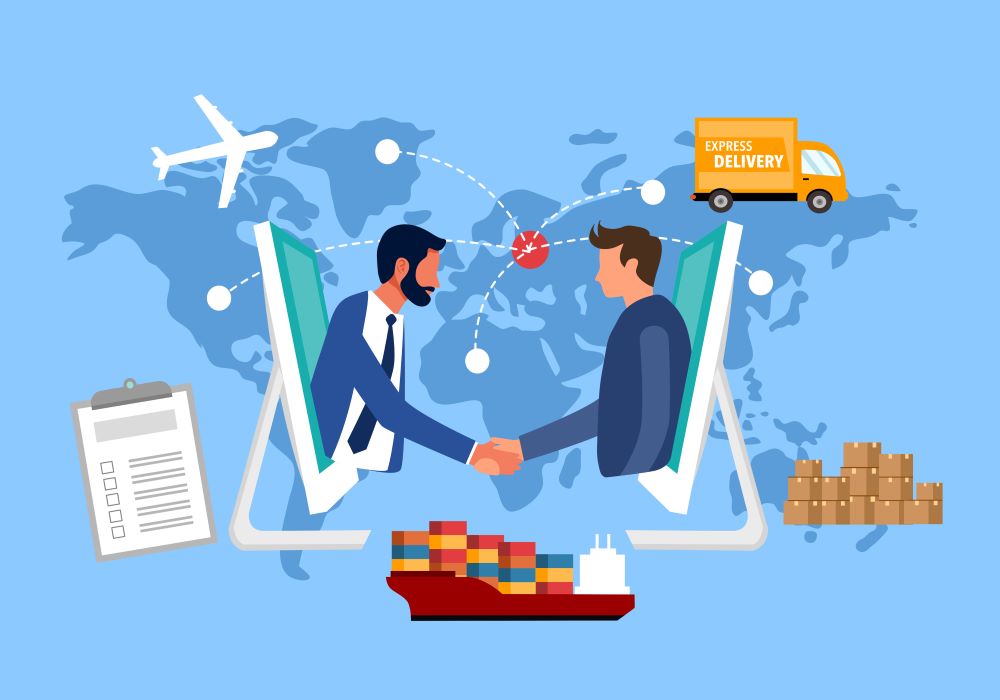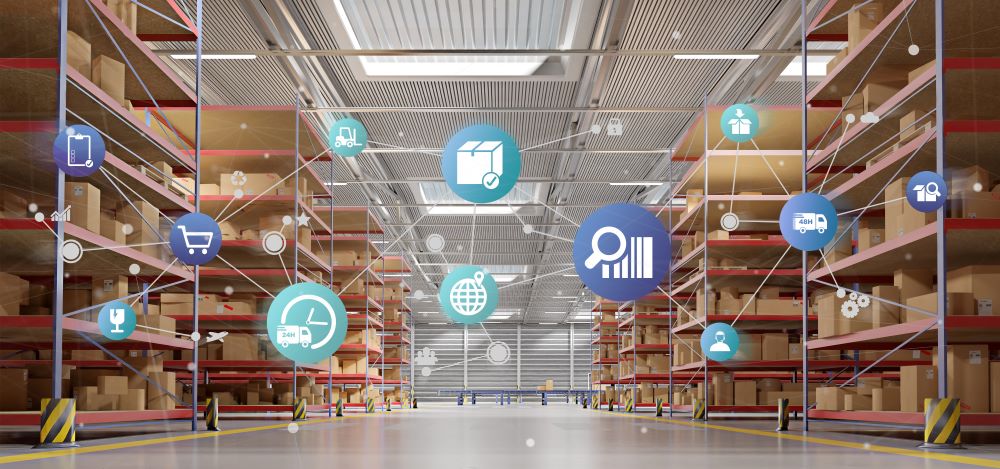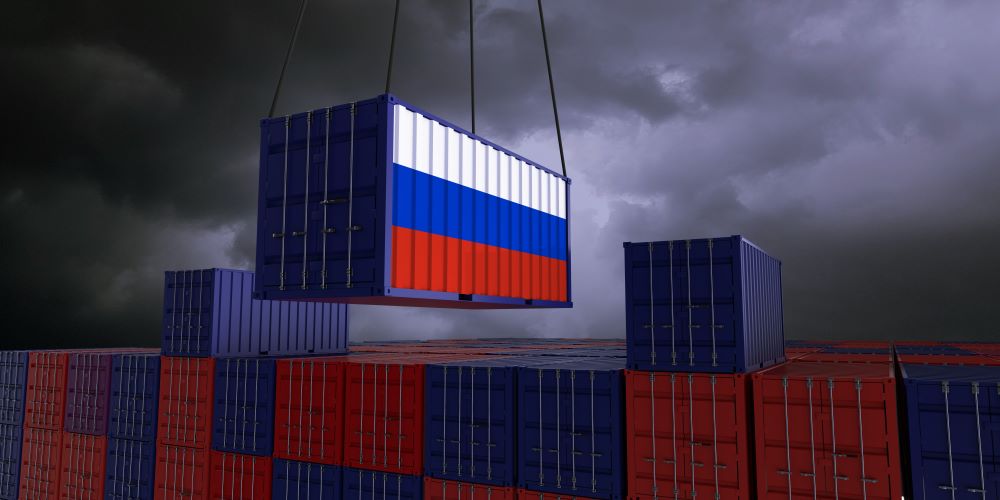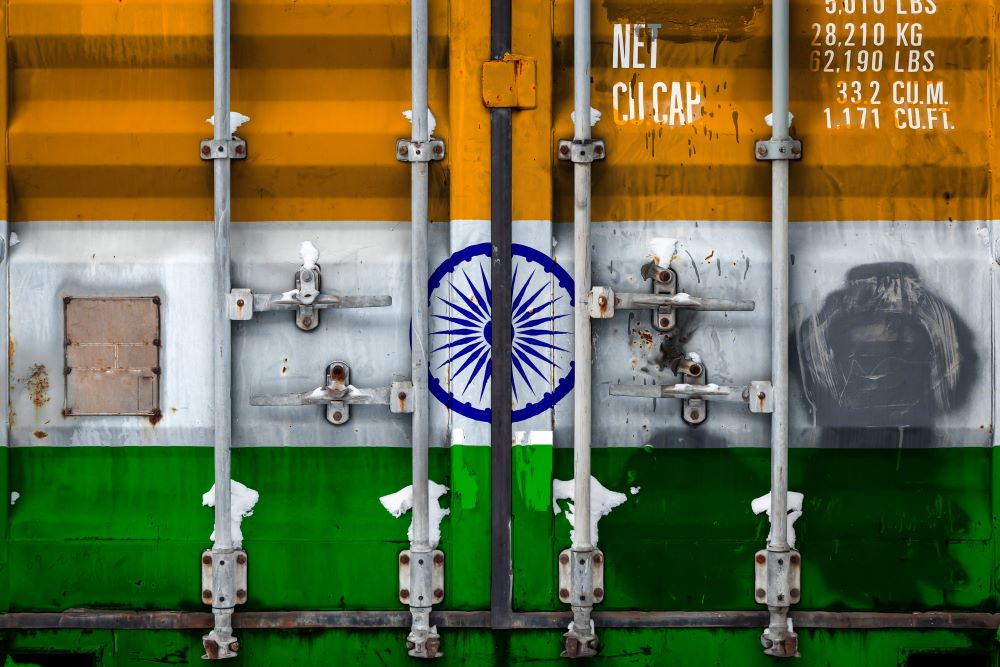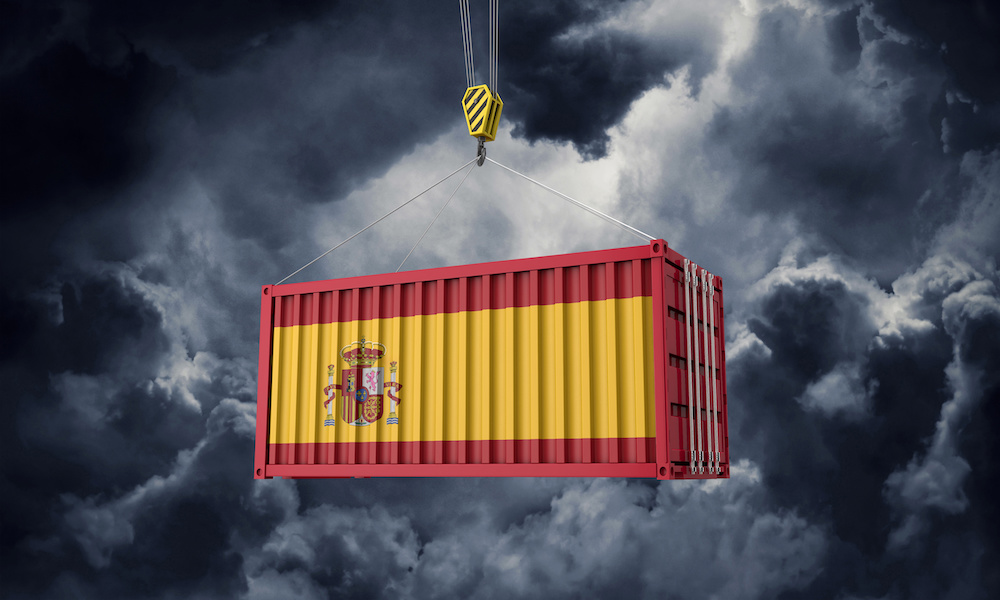We use cookies to enhance your time on our site. By clicking "Accept," you empower us to optimize your browsing and deliver content specifically tailored to your needs. Enjoy seamless and personalized navigation today!
The technical storage or access is strictly necessary for the legitimate purpose of enabling the use of a specific service explicitly requested by the subscriber or user, or for the sole purpose of carrying out the transmission of a communication over an electronic communications network.
The technical storage or access is necessary for the legitimate purpose of storing preferences that are not requested by the subscriber or user.
The technical storage or access that is used exclusively for statistical purposes.
Le stockage ou l'accès aux données est utilisé uniquement pour des statistiques anonymes. Sans une demande officielle ou des enregistrements supplémentaires, ces informations ne permettent généralement pas de vous identifier.
The technical storage or access is required to create user profiles to send advertising, or to track the user on a website or across several websites for similar marketing purposes.

